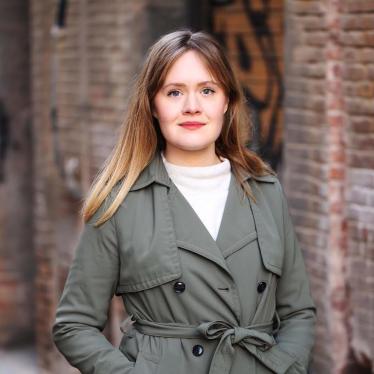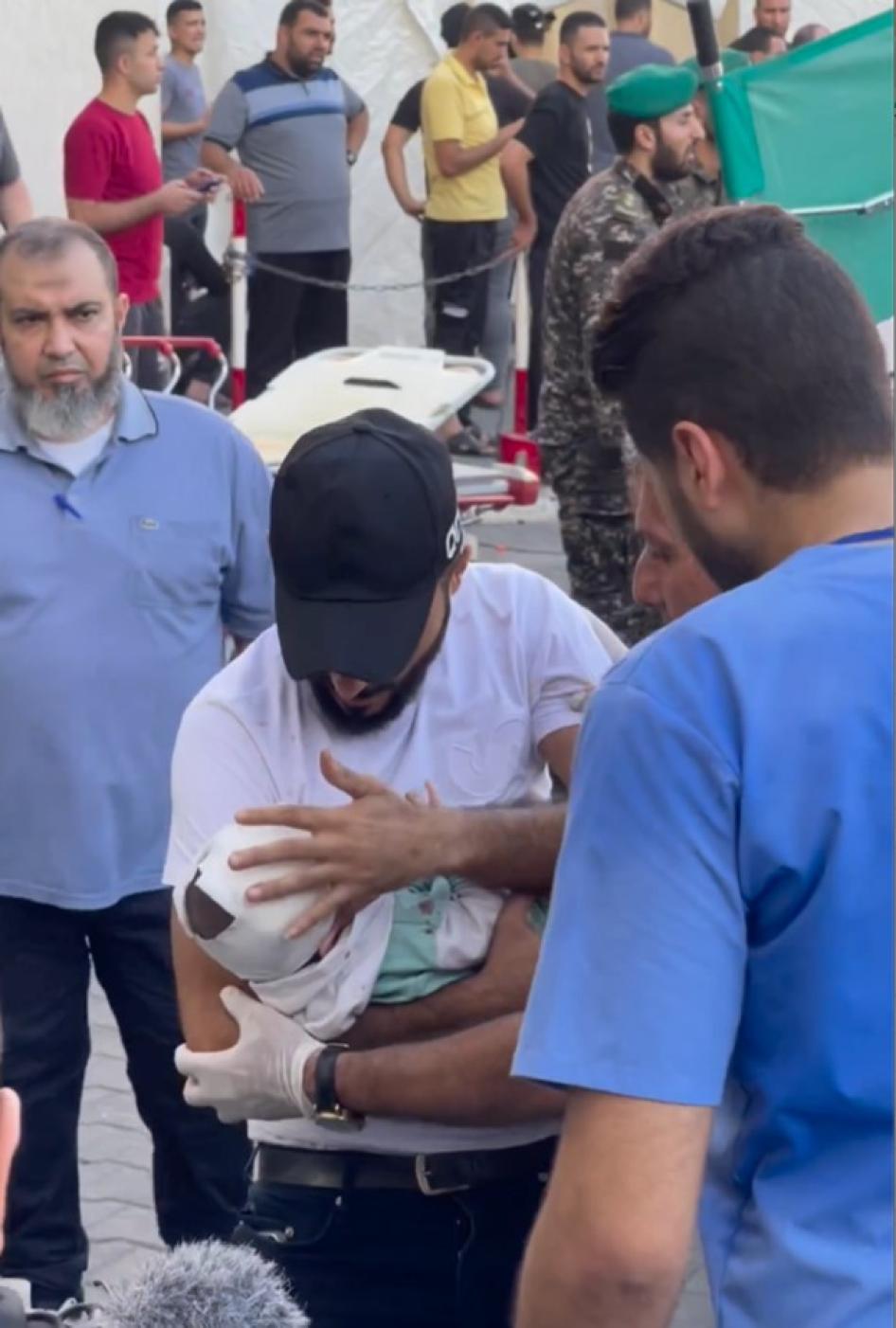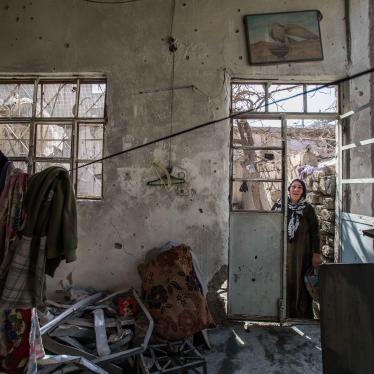Disclaimer: This dispatch includes distressing descriptions of violence, as well as stills of and links to graphic imagery and footage.
As news broke early Saturday morning that members of Palestinian armed groups from Gaza had breached the border fence, massacring hundreds of civilians, including children, in southern Israel, videos began emerging on social media. By day’s end, more videos surfaced, as Israel pummeled the besieged, densely populated enclave, where civilians lack bomb shelters, with air strikes.
The visuals are shocking: Some show young people running for their lives from a music festival, screaming out in fear as gunfire sprayed. One shows a Palestinian gunman throwing a hand grenade into a public bomb shelter attached to a bus stop, gunning down an unarmed man who ran out; another captured a militant shooting a man in civilian clothes on the ground at point blank range. There were videos of hostages, too, some taken over the border to Gaza: a young Israeli woman begging for mercy on a motorbike; a mother clinging to her two young children; a group of shoeless civilians violently led down a street, their bodies later seen scattered on the ground, crumpled and still.
From Gaza people shared photos and videos showing destruction and civilians killed by Israeli strikes. There were scenes of flattened neighborhoods reduced to rubble, and displaced families emerging in shock from where their homes once stood. And there were videos—many of them—of people screaming in agony as they held dead children, rushing bloodied civilians into hospitals, and pulling limp bodies from crumbling homes.
One by one, we analyzed the videos, verifying when they were taken, where, and what they showed. The videos were horrifying, and they were real.
But shared alongside those videos were falsehoods, too, both subtle and blatant. Some misinformation claiming to be from Israel, Gaza, Lebanon and elsewhere appears intentional: doctored footage, manipulated video, false translations, realistic footage from video games and more. But much seems to be shared unintentionally by journalists, officials and concerned citizens alike. This includes footage from previous conflicts, incorrect geolocation, and false context.
There are also scores of reports alleging serious abuses without necessarily being verified, including the use of white phosphorus and the beheading of children, among other claims.
This is where the Digital Investigations Lab at Human Rights Watch comes in, working closely with colleagues in our Middle East and North Africa division as well as our Crisis and Conflict team, including on-the-ground researchers. Since Saturday morning, when the first videos of carnage started trickling in, we have collected, preserved, verified, and contextualized key information to inform our research. We are building investigations into possible war crimes committed in Israel, where people are reeling from the enormity of the loss of life in what is being described as a massacre, and in Gaza, where more than 2.2 million people face a now total siege and near-constant aerial bombardment.
Whatever the situation, whether it’s investigating atrocities in Sudan, Ukraine, or on the Yemen-Saudi border, our methodology for conducting open source research on crises remains the same.
- Discover: We ask researchers which platforms are the most popular in a region or location, what can we access, and how we can do so with the safety of our research teams and sources in mind. Since Saturday, much of the incoming content has appeared on the social media messaging platform Telegram. We understand how to search these platforms, ideally finding the original sources of videos and photos as they emerge.
- Document: To create an analytical picture of what we are seeing on the ground, we need to ensure we document the data in real time. We ensure that all our researchers have access to our documentation tools, and that we classify videos and photos systematically. This documentation is then often coupled, when possible, with on-the-ground research to build out robust investigations.
- Preserve: All too often, accounts on social media platforms, particularly ones showing graphic content, get deleted, or accounts decide to delete content. As Human Rights Watch has shown previously, in recent years, social media platforms have been taking down online content more often and more quickly, in a way that prevents the use of that content to investigate people suspected of involvement in serious crimes, including war crimes. We ensure that we preserve copies of social media posts, videos, and photos so that we can use them as evidence in investigations.
- Verify: Is it authentic? With so much mis- and disinformation being spread on social media, our verification process is a key step we take. We’ll determine where a photograph was taken and where events captured in a video occurred. This is a process we call geolocation. We identify landmarks visible in the videos such as footpaths, mountain peaks, and riverbeds, matching them with satellite images or topographic maps of the border. We then check the time period in which a piece of content was captured, a process called chronolocation. To do this, we search for the earliest date each video or photo has been shared online, we analyze shadows to determine time of day, or we match the appearance of landmarks that change over time, such as buildings or trees, to ensure that recent satellite imagery is consistent with what we are verifying. To ensure we understand the context, we work with colleagues who speak local languages heard in videos and experts to determine what weapons are carried or uniforms worn. All of this allows us to build a full picture of the authenticity of a video or a photo.
- Analyze: We then analyze the content, looking for patterns or indications that the content supports other research findings. This process includes identifying who is visible in a video, such as civilians, children, older people, which weapons are being used, the kind of injuries victims have sustained, if there are military targets in the area, and so on. This helps us to understand what determinations we can make under international law and what evidence we have that open source research supports.
As with all of our research, this is a careful, time-consuming, and often slow process. Given the volume of videos and photos posted online every day, this is an invaluable source of information for our work, but it also means that we regularly collect and analyze several hundred pieces of content for any given piece of research. We are prioritizing the analysis of hundreds of pieces of visual evidence from the present conflict between Israel and armed Palestinian groups in Gaza, which has led to the reported deaths of over 1,200 Israelis and foreigners in Israel, and 1,000 Palestinians since Saturday.
Over the coming weeks and months, we will share our research findings in tandem with on-the-ground researchers. We are just beginning to build a body of evidence to document the unfolding abuses. Our task is to develop a comprehensive picture of the abuses that have occurred and who should be held accountable.










